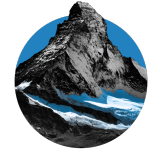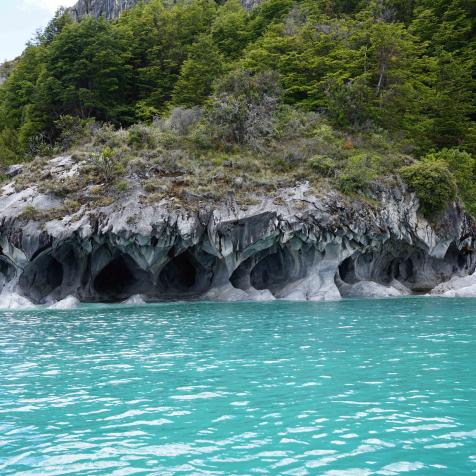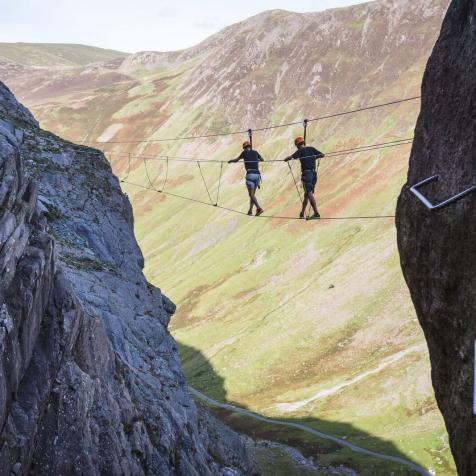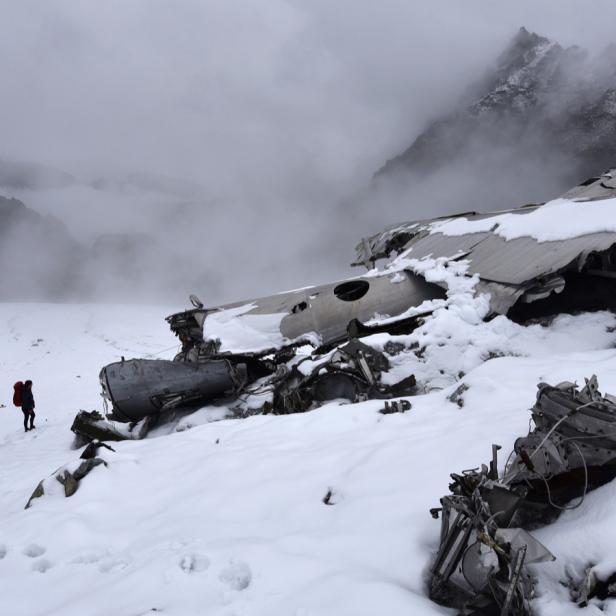
You Can Hike to a 1950s Plane Wreck in Alaska's Talkeetna Mountains
A US Airforce bomber crashed in the mountains of Alaska during a training mission. Today, adventurous hikers can make the climb to bomber glacier to see what remains of the fuselage.
Hiking up the icefield of the Bomber Glacier, it's easy for your eyes to be preoccupied with the soaring rocky peaks surrounding the valley on three sides. In one direction, Lynx Peak rises like a sentry at the top of the glacier, flanked by razor-like ridges being eroded by the ice. In the opposite direction, the valley sweeps away to lush green meadows and ponds of recently melted water. Alaska's majestic Talkeetna Mountains are almost so grand that you might not see the giant airplane tire embedded into the glacier before bumping into it. Almost.
A Training Mission Gone Wrong
The Bomber Glacier is aptly named. It comes from the wreckage of a TB-29 Superfortress that crashed on the glacier at the end of a training mission in 1957, killing six of the 10 crewmembers. Located deep in a rugged expanse of mountains north of Palmer, the airplane, strewn across the ice, has sat where it touched down for more than 60 years ago, a memorial to those onboard and a curious target for hikers looking to venture into some of Alaska's most quintessential wilderness.
The TB-29 Superfortress, a training version of the same model of bomber used to drop the atomic bombs on Japan at the end of World War II, was in the middle of a routine 10-hour training mission to calibrate its radar on November 15, 1957. But flying south down the Susitna Valley toward its home at Anchorage's Elmendorf Air Force Base, the bomber was caught in some classic Alaskan bad weather and strayed 27 miles off course into the mountains. The pilot probably wasn't able to see the peaks rising quickly on all sides, and the plane hit an unnamed glacier at 6:22 p.m. that night.
Six of the crew members were killed immediately, but Staff Sergeant Calvin K. Campbell, fighting off his own injuries, pulled three other survivors from the wreck and got them to shelter — wrapping them in parachutes and sleeping bags to protect them from the ongoing storm until rescuers could arrive in a helicopter.
How to Reach It
Today, the plane sits tucked behind a wall of stone in one of Alaska's most rugged-yet-accessible mountain regions, and it's a favorite stopping point for hikers looking to dip their toes into true Alaskan terrain.
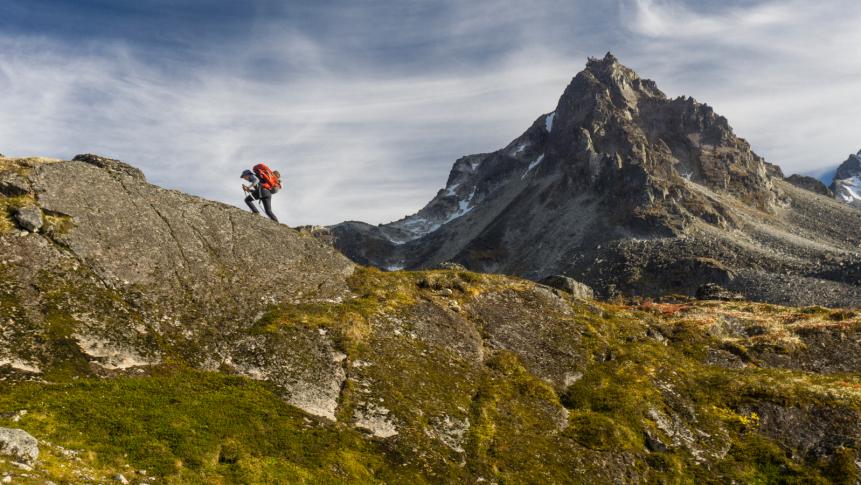
The easiest way to access the crash is via a 12-mile round-trip out-and-back hike from Hatcher Pass's Reed Lakes Trailhead, past the Reed Lakes and over Bomber Pass to the upper end of the glacier, then descending slightly to the wreck. The hike will take you up a broad, forested river valley and past an abandoned mining village before climbing to Upper and Lower Reed Lakes, perched at the high end of the valley with views up to the south side of Lynx Peak. From there, it's a stiff climb to the top of Bomber Pass on Lynx's western shoulder where you can step onto the ice and down to the crash. The glacier, while icy (especially later in the season), is easy to navigate with some traction on your boots, and doesn't feature any large crevasses.
Advanced backpackers can also check out the plane as part of a multiday Mint-Bomber Traverse, which links some combination of the Mint, Bomber, and Snowbird Huts to loop through a series of valleys in the region. The Bomber Hut sits at the northern end of the valley leading to the Bomber Glacier, making the plane an easy day-hike for those spending a little more time in the area.
Regardless of your approach, hikers will find the main fuselage of the airplane sunken into the glacier, a black "U.S. AIR FORCE" still readable across the body and wings. One of the wings lies separate from the main wreck, torn away on impact, and another lies across the fuselage. The cockpit and nose of the aircraft is also separate, smashed into the ice further up the glacier. Alongside the engines and landing gear strewn across the glacier are also various controls, wires, and miscellaneous aircraft parts. After exploring the multitudes of metal dotting the landscape, be sure to stop and read the plaque affixed to the body of the aircraft, a memorial to those who didn't survive the crash.
This article first appeared on Curiosity.com.








